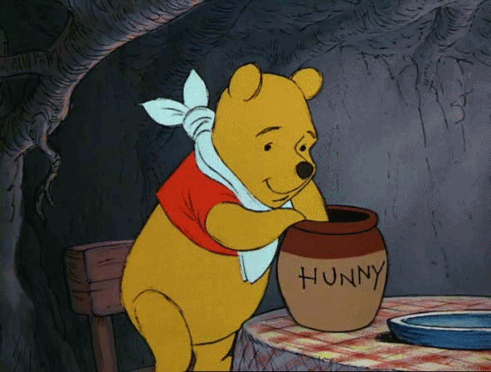Yummy In My Tummy!!! Mmm Mmm Mmmm!
Emergent Literacy Lesson
Katherine Hope Youngblood
Rationale: This lesson will help children identify /m/, the phoneme represented by M. Students will learn to recognize /m/ in spoken words by learning a meaningful representation (Yummy in my Tummy! “Mmmm”) and the letter symbol M, practice finding /m/ in words, and apply phoneme awareness with /m/ in phonetic cue reading by distinguishing rhyming words from beginning letters.
Materials: Primary paper and pencil; chart with "On Mondays Mary's mother Martha mostly mopped."; drawing paper and crayons; word cards with MAD, MILK, MAIL, MEAT, and MAP; “If You Give A Moose A Muffin”; white board and markers; assessment worksheet identifying pictures with /m/ (URL at the end of lesson).
Say: 1. Our written language is a secret code. The tricky part is learning what letters stand for—the mouth moves we make as we say words. Today we're going to work on spotting the mouth move /m/. We spell /m/ with letter M. Think about your favorite food to eat. When something is really yummy in my tummy I rub my tummy and say “Mmm Mmm Mmmm”.
2. Lets pretend that we are having some delicious milk and cookies. Let’s rub our tummies and say ”m m m” /m/ /m/ /m/ (pantomiming rubbing my tummy). When we say /m/ we press our lips together (point to closed lips). Do you feel your lips vibrating as you say /m/? We make the /m/ sound in the back of our throat while keeping out lips closed.
3. Let me show you how to find /m/ in the word hammer. I’m going to stretch the word hammer out in slow motion.
Listen for my “mmm”. Hh-a-a-amm-e-er. Slower: Hh-a-a-a-mmm-e- e- rr. There it is! I pressed my lips together and I felt them vibrate! I found /m/ in hammer!
4. Now that we can hear our /m/, let’s try a tongue tickler (on chart). “On Mondays Mary's mother Martha mostly mopped.” Let’s say it 3 times together. Now let’s say it slower, this time stretch out our /m/ at the beginning of the words. On Mmonday Mmmary’s mmmother Mmmartha mmmostly mmmopped.” Let’s try it one more time, but this time break your /m/ off the word. On /m/ ondays /m/ ary's /m/ other /m/ artha /m/ ostly /m/ opped.
5. (Ask class to take out primary paper and pencil) Let’s practice writing the letter /m/. I want you to write both a capitol M, and a lower case /m/. Let’s start with the lowercase /m/. Start by drawing a straight line from the fence to the sidewalk. Then make two humps that look like two frowns from the sidewalk to the fence then back to the sidewalk then back to the fence and then finally back to the side walk. I’m going to come around and look at your m’s. If I give you a smiley face then go ahead and make 9 more /m/’s.
6. Call on students to answer and tell how they knew: Do you hear /m/ in big or small? Them or those? Break or make? Sad or mad? Number or letter? Say: Let's see if you can spot the mouth move /m/ in some words. Rub your tummy if you hear /m/: Michelle made some mango treats for my huge family.
7. “Let’s look at a book. This book is called, “If You give a Moose a Muffin.” This is about a moose who comes over for some treats, but the moose is a little demanding. I wonder what he will ask for? Let’s read and find out. ” Read the first few pages drawing out the /m/. Ask children to name other words that start with /m/. Ask them to make up things the moose may want with his muffin that start with /m/ such as milk, mangos, mason jar, etc. Have the children right down the thing they came up with and have them draw a picture of it. Display their work.
8. Model MAD and model how to decide if it’s mad or sad: The M is yummmmy “mmm”, so this word is mmm-ad, mad. You try some: MILK: milk or silk? MAIL: sail or mail? MEAT: meat or beat? MAP: lap or map?
9. For assessment, distribute the worksheet (link below). Students are to complete the partial spellings and color the pictures that begin with M. The students will also be called on individually to read the phonetic cue words from step #8.
Refrences:
Book:
Numeroff, Laura. “If You give a Moose a Muffin”. Harper Collins Publishing. 1991.
Assessment Worksheet:
http://www.kidzone.ws/kindergarten/m-begins2.htm
Reference Lesson:
http://ewm0006.wix.com/moody-lesson-desgins#!/cjg9

